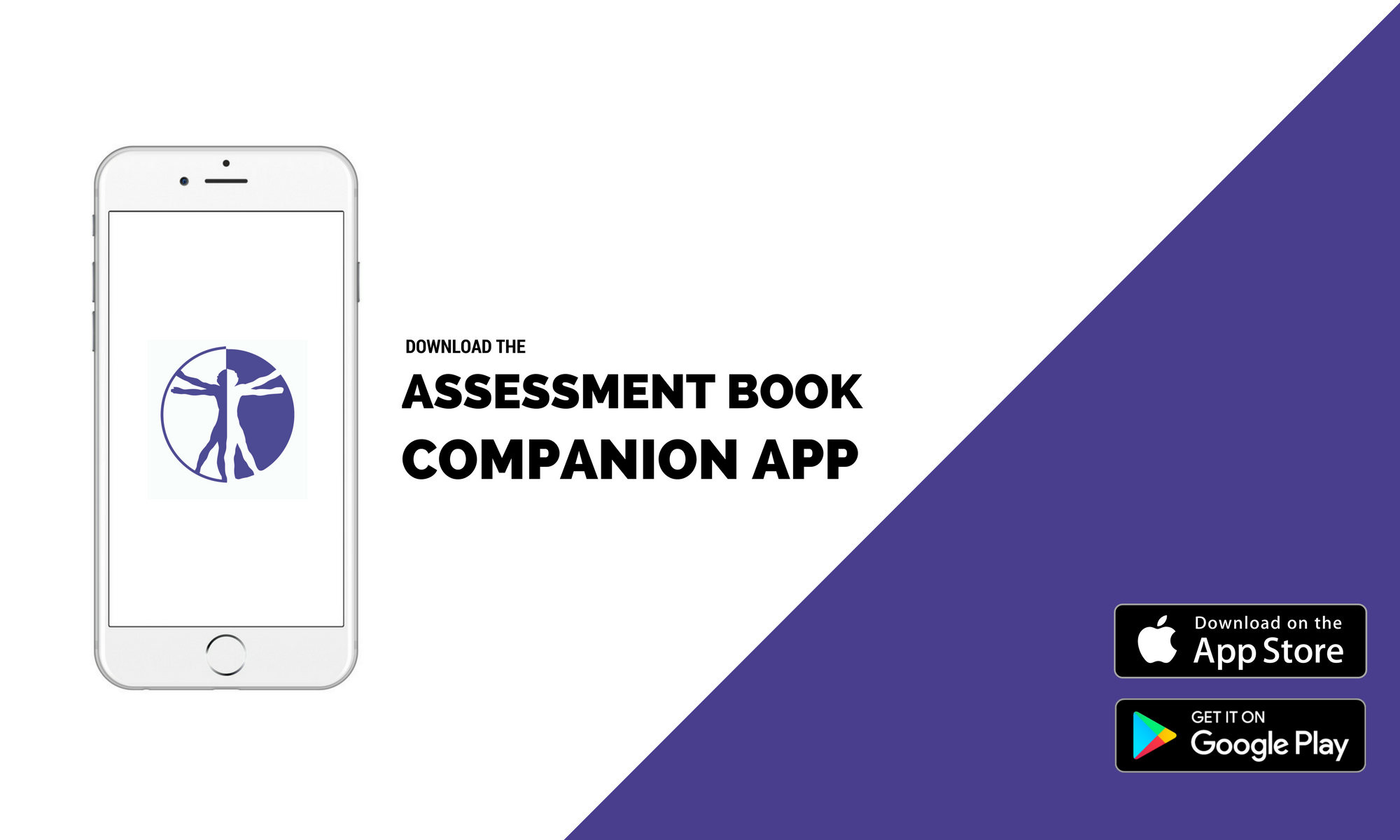Execution:
- The patient is in sitting position with the hand on the examination table
- The examiner grasps the patient’s hand with one hand in order to stabilize the wrist and metacarpals in neutral position
- With the other hand, the examiner grasps the thumb metacarpal and rotates it all while applying axial pressure on the trapezium
Positive Outcome: Pain, even a slight painful sensation, or other sensations such as crepitus in the basal region of the thumb
| Study | Reliability | Sn | Sp | LR+ | LR- |
| Sela et al (2017) | NA | 64 | 100 | ∞ | 0.36 |
| Merritt et al. (2010) | Inter-rater Κ=0.48 | 42 | 52 | 0.88 | 1.12 |
| Choah et al. (2014) | NA | 30 | 96.7 | 9.09 | 0.72 |
| Gelberman et a. (2015) |
Inter-rater Κ=0.31 |
44 | 92 | 5.5 | 0.61 |
| Comment: The grind test both confirms the diagnosis of CMC osteoarthritis and may distinguish those who do not have it. A negative grind test, however, does not always imply negative radiographic evidence of thumb CMC osteoarthritis. | |||||
![]()
